10 Surprising Behind-the-Scenes Facts About 'Roman Holiday'
Opening in Radio City Music Hall in New York City in August of 1953, romantic comedy Roman Holiday remains as charming and iconic as it was seven decades ago. Produced and directed by William Wyler (Mrs. Miniver, The Best Years of Our Lives), Roman Holiday launched a young Audrey Hepburn into stardom as fictitious Princess Anne, and also stars the tall, dark and handsome Gregory Peck as Joe Bradley.
Seventy years after its release, we still get lost in the romance and scenery — here are 10 fascinating facts about Roman Holiday that made it the beloved hit that it still is today!
1. Roman Holiday wasn't supposed to star Hepburn and Peck
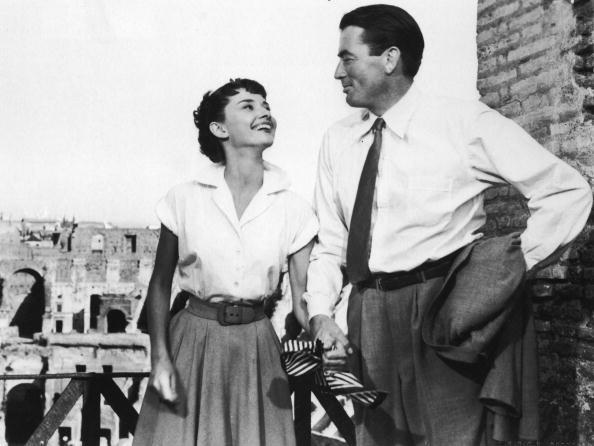
That's right — there was a chance that doe-eyed Audrey Hepburn wouldn't have played this role. First in line was Elizabeth Taylor and Jean Simmons, both of whom weren't available. But don't be fooled — Hepburn was no flop, even if she wasn't the first choice. Despite it being her first mainstream American film, truly putting her on the map, she stunned audiences and won the Academy Award for Best Actress for her role as Princess Anne.
On the other hand, Gregory Peck was also a second choice, as Cary Grant was first pick. Grant, however, declined the role, feeling that he was too old to act alongside Hepburn as a love interest.
2. There was a 13-year age gap between Hepburn and Peck

Fresh-faced Hepburn came onto the scene at the age of 24, while Peck was 37 when this film was made. (Take a look at these stunning photos of Audrey Hepburn after 50!)
3. Roman Holiday was allegedly inspired by the royal family

The "forbidden romance" aspect of the film was said to have been inspired by the British royal family. Around the time of the film's conception, Princess Margaret had a relationship with a man named Peter Townsend, a Royal Air Force pilot who served as an equerry for the king.
Their romance spanned across years and was a true testament to the fact that love knows no labels or titles. However, it was ultimately his status as a divorcee which kept them apart, as the Church of England forbade her from marrying someone who had been divorced.
(Read more about Princess Margaret here.)
4. The actual writer of the film didn't receive any credit

Dalton Trumbo, who wrote Roman Holiday, was actually blacklisted from Hollywood for his refusal to testify before Congress while they were investigating potential communist influences in Hollywood and movies. That being said, Ian McLellan Hunter was credited and accepted the Oscar for Best Story.
5. The film studio had to make a deal with the British government

Audrey Hepburn's role as a princess was one thing, but the film studio, Paramount, actually had to work with the British government, making a deal with them that ensured Hepburn's princess character was in no way associated with the British royal family.
6. There was talks of a sequel, but nothing ever came to be
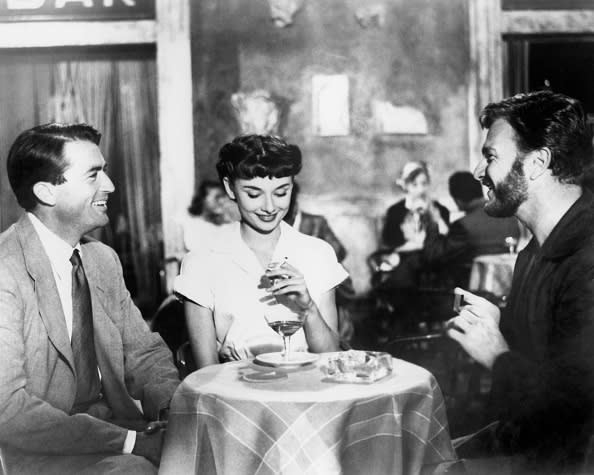
Some things aren't meant to be. After the initial success of the film, both Audrey Hepburn and Gregory Peck were approached about the possibility of doing a sequel for the film. While nothing ever came to be, there were other adaptations made. In 1987, a remake was done that starred Catherine Oxenberg and Tom Conti as the two leads.
7. The iconic 'Mouth of Truth' scene was improvised
In one of the most well-known scenes of the film, Gregory Peck sticks his hand in the famed statue — when you stick your hand in its mouth, if you take it out and it's bitten off, then you're a liar. Peck was meant to just pretend his hand was being chewed off, but when he pulled it out and tucked it into the sleeve of his jacket, Hepburn's scream of shock and fear was genuine. Talk about getting into character!
8. Audrey Hepburn lost her Oscar the night of her big win
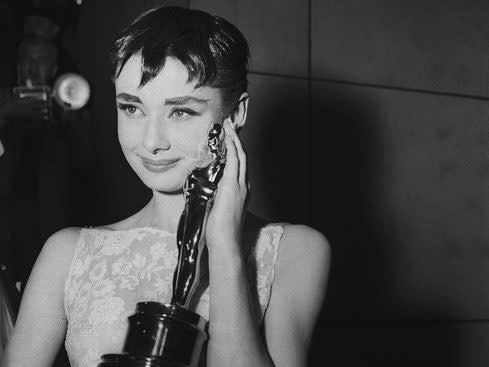
Lost in the excitement of her big win for Best Actress, Hepburn actually misplaced her Oscar the night of the ceremony, leaving it in the ladies' bathroom!
9. Roman Holiday was the first American film completely shot in Italy
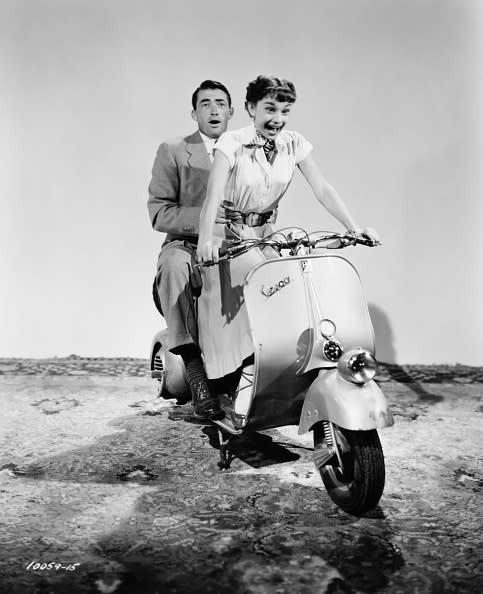
William Wyler much preferred to shoot on location in Rome as opposed to a Hollywood soundstage, and the film actually ended up being the first American movie to be shot completely in Italy. When it came to pinching pennies, Wyler had to choose his battles, and therefore shot the film in black-and-white as opposed to technicolor.
10. Gregory Peck insisted Audrey Hepburn get a bigger billing
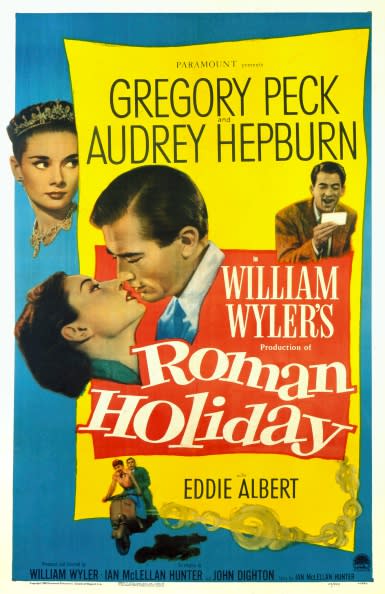
Peck could see the potential that the young actress had, and despite him being promised his name above the title billing, he knew that spot belonged to her as well just based on her talent. It's said that Peck predicted Hepburn's Oscar win, and the actor was correct to see the potential in her, despite not being nominated himself.
Want more old Hollywood? Check out these stories!
Sophia Loren through the years: 18 Rare & Fascinating Photos of Her Life, Love, Legacy